“We want children to see how the world doesn’t come in bounded natural groups, but that there are spectrums of difference and multiplicities of intersecting identities that overlay this difference.” – Michael Baran
Deepening divides fragment our societies and our economies. How can modern technologies help us to find the common ground and bring us closer together?
In an increasingly interconnected world, race, identity and sexuality are often left undiscussed because for many these are challenging topics and it’s difficult to find the right “space” to do it in an effective way. Yet it is a critical challenge for which all the world seeks solutions.
Interactive Diversity Solutions (IDS) has created a web based program called Don’t Guess My Race to support teaching diversity issues. The CEO of IDS, Michael Baran, says the inspiration for the program came from research studies with children in Brazil. In Michael’s studies, he asked children to describe pictures he had taken of people’s faces. What he discovered was that this exercise sparked “extremely rich conversations about sensitive topics.” What if photographs could be used to create an interactive race awareness? An iPhone app for Don’t Guess My Race was born. It has since been converted to a web platform. Today it is downloaded and used by thousands of learners all around the world.
The Global Search for Education welcomed Michael Baran to talk further about Don’t Guess My Race.
“We want them to see that there is inequality and unfairness in the world that is caused by both historical and structural factors as well as people’s biases.” – Michael Baran
Michael What do you think makes this program unique?
I think what makes this program unique is its ability to inspire deep learning about topics which are often quite polarizing and stuck. The program is able to put users into a learning mindset by deliberately messing with the multiple-choice categories that are offered for each picture. This creates a question in the mind of the user that we then go on to address in the information screens. Additionally, the photographs are just stunning, taken by an incredible photographer, Ruthie Brownfield. They draw the user in and make them want to learn more about the people. This creates little multicultural experiences. The program also gives people the tools to build deep understanding but it doesn’t force it too pedantically. That allows users to come to their own conclusions in a way that sticks more than just memorizing some information.
What are the skills you want to teach kids most? Does it vary depending on age?
We want children to see how the world doesn’t come in bounded natural groups, but that there are spectrums of difference and multiplicities of intersecting identities that overlay this difference. We want to therefore prevent them from forming biases about people based on those identities. We want them to see that there is inequality and unfairness in the world that is caused by both historical and structural factors as well as people’s biases. We want them to see that there is a social science methodology that can be used to investigate issues like this to figure out what’s going on and to figure out how to make it better. And we want to give them tools to have more productive conversations around these sensitive issues. These learning outcomes are really for children beginning in middle school and continuing into adulthood. For younger children, we have an iOS app called Who Am I? — a Race Awareness Game that is designed to be played with an adult. It gets some of the same learning outcomes across but in a more age appropriate way and in collaboration with an adult.
“We want to give them tools to have more productive conversations around these sensitive issues.” – Michael Baran
What are the biggest challenges you face on an e-learning platform?
Some of the challenges include constant program development to keep up with changing devices and platforms. We also run into issues when not everyone is using the same device or platform. And certainly if students are using the program on their own, the instructions and expectations have to be carefully set, which is not easy to do when you can’t control if people skip the introductory video, for example.
Have you offered the program to audiences other than schools?
We have a version of the program that is also customized for a more corporate context and is being used by corporations, government organizations, and nonprofits to spur deeper thinking in diversity, equity, and inclusion (DEI) training for employees. As one piece of a blended solution, the program works really well to get employees engaged and invested in these DEI issues.
“We hope to reach more people of different age groups and to have these programs play a vital role in moving toward a more inclusive and equitable world.” – Michael Baran
How do graduates of the program transfer skills learned to the real world? Can you share some of the feedback or case studies that have recently inspired you?
The program inspires deeper thinking and talking about the social, cultural world and helps people see current issues as well as novel experiences in a new light. We occasionally run tests to look for changes in knowledge, attitudes, beliefs, and feelings of efficacy from before completing the program to after, and we are thrilled to see dramatic increases in the desired outcomes. In addition, we collect lots of anecdotal evidence showing how people have become more inspired and invested in diversity, equity, and inclusion topics from doing the program.
Where do you see “Don’t Guess My Race” 10 years from now? What’s the roadmap?
In the future, I see Don’t Guess My Race as one piece in an array of digital programs to create lasting culture change around these critical issues. As we develop more programs to tackle different outcomes and changing contexts, we hope to reach more people of different age groups and to have these programs play a vital role in moving toward a more inclusive and equitable world. It’s a lofty goal, but you have to think big.
C. M. Rubin and Michael Baran
Join me and globally renowned thought leaders including Sir Michael Barber (UK), Dr. Michael Block (U.S.), Dr. Leon Botstein (U.S.), Professor Clay Christensen (U.S.), Dr. Linda Darling-Hammond (U.S.), Dr. MadhavChavan (India), Charles Fadel (U.S.), Professor Michael Fullan (Canada), Professor Howard Gardner (U.S.), Professor Andy Hargreaves (U.S.), Professor Yvonne Hellman (The Netherlands), Professor Kristin Helstad (Norway), Jean Hendrickson (U.S.), Professor Rose Hipkins (New Zealand), Professor Cornelia Hoogland (Canada), Honourable Jeff Johnson (Canada), Mme. Chantal Kaufmann (Belgium), Dr. EijaKauppinen (Finland), State Secretary TapioKosunen (Finland), Professor Dominique Lafontaine (Belgium), Professor Hugh Lauder (UK), Lord Ken Macdonald (UK), Professor Geoff Masters (Australia), Professor Barry McGaw (Australia), Shiv Nadar (India), Professor R. Natarajan (India), Dr. Pak Tee Ng (Singapore), Dr. Denise Pope (US), Sridhar Rajagopalan (India), Dr. Diane Ravitch (U.S.), Richard Wilson Riley (U.S.), Sir Ken Robinson (UK), Professor Pasi Sahlberg (Finland), Professor Manabu Sato (Japan), Andreas Schleicher (PISA, OECD), Dr. Anthony Seldon (UK), Dr. David Shaffer (U.S.), Dr. Kirsten Sivesind (Norway), Chancellor Stephen Spahn (U.S.), Yves Theze (LyceeFrancais U.S.), Professor Charles Ungerleider (Canada), Professor Tony Wagner (U.S.), Sir David Watson (UK), Professor Dylan Wiliam (UK), Dr. Mark Wormald (UK), Professor Theo Wubbels (The Netherlands), Professor Michael Young (UK), and Professor Minxuan Zhang (China) as they explore the big picture education questions that all nations face today.
The Global Search for Education Community Page
C. M. Rubin is the author of two widely read online series for which she received a 2011 Upton Sinclair award, “The Global Search for Education” and “How Will We Read?” She is also the author of three bestselling books, includingThe Real Alice in Wonderland, is the publisher of CMRubinWorld and is a Disruptor Foundation Fellow.
Follow C. M. Rubin on Twitter: www.twitter.com/@cmrubinworld

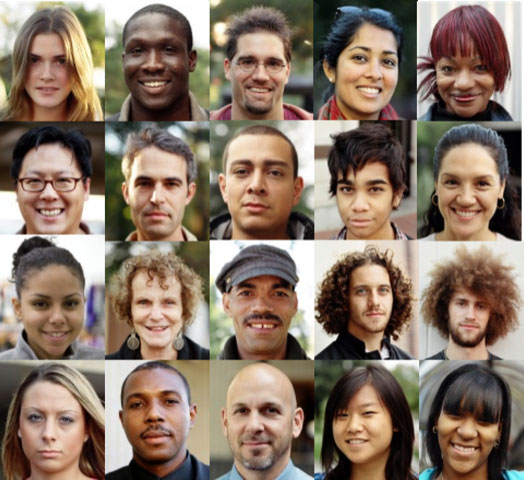
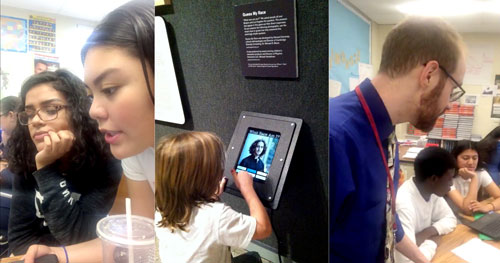
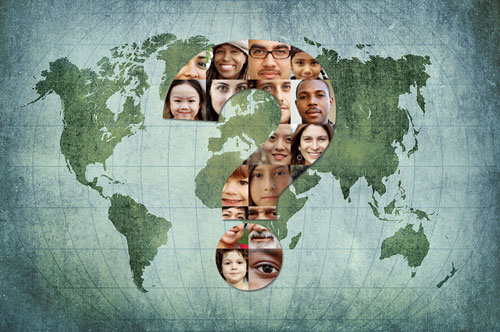
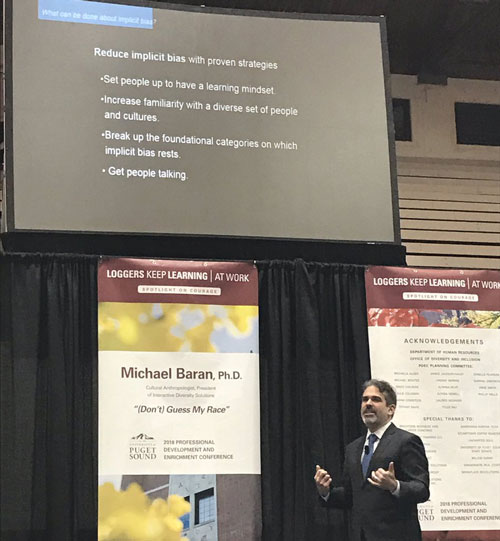
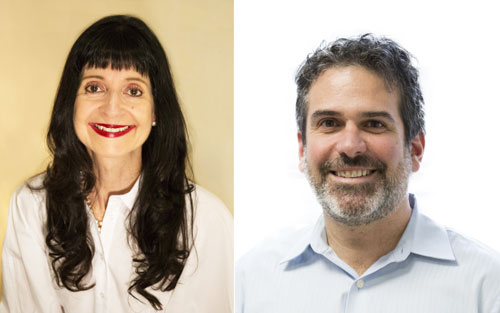
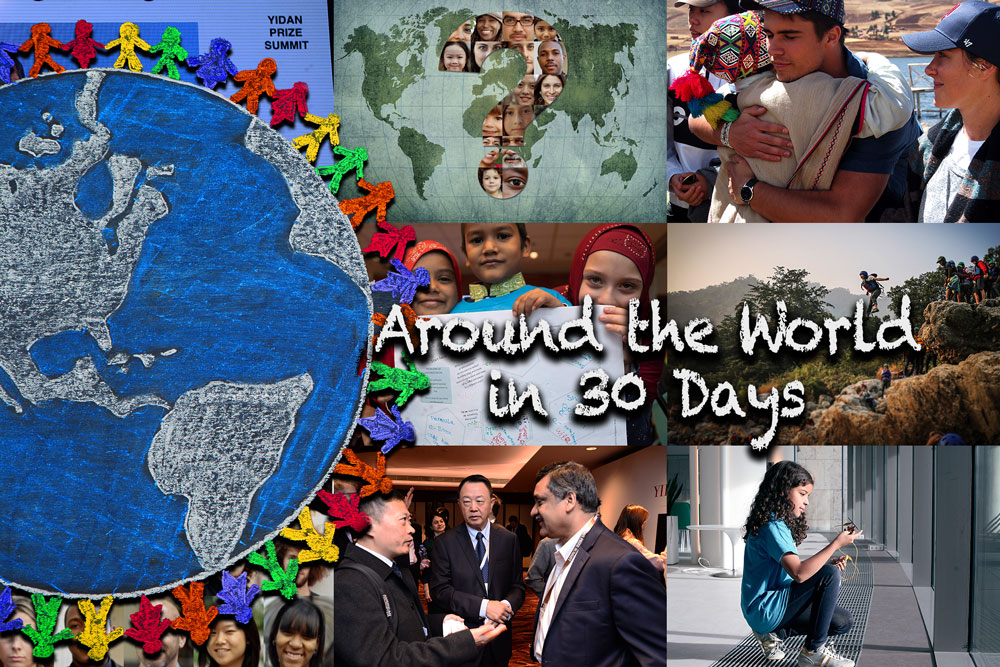


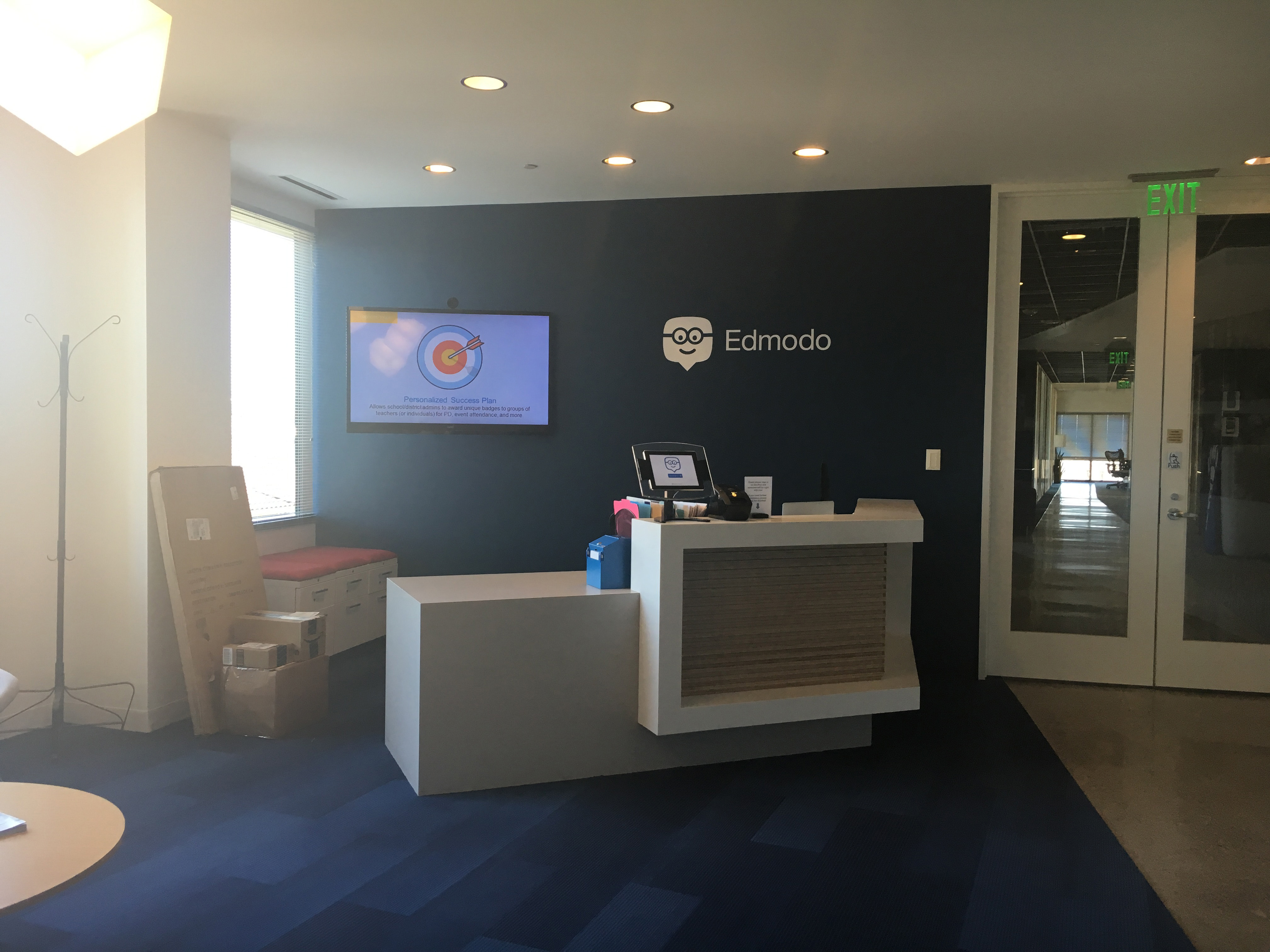
Recent Comments